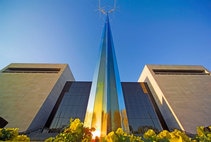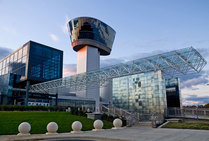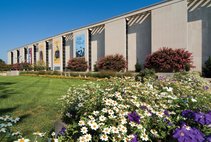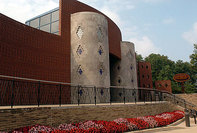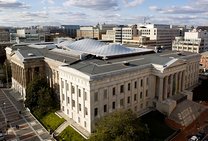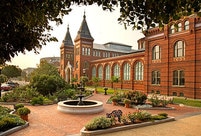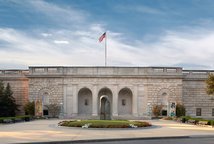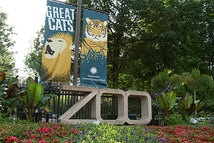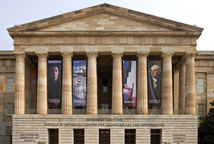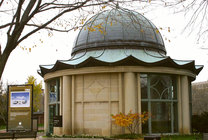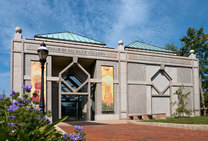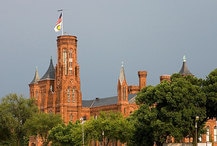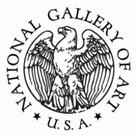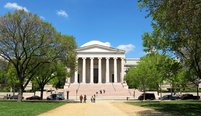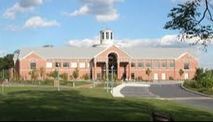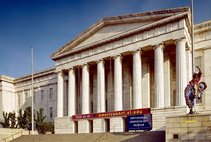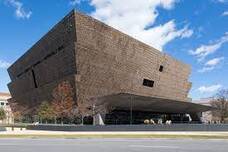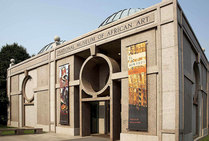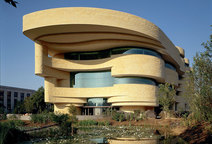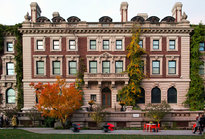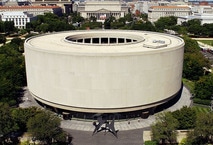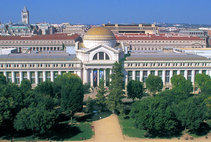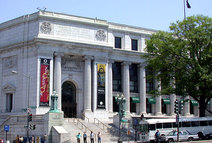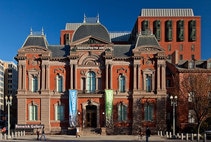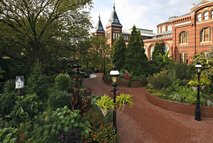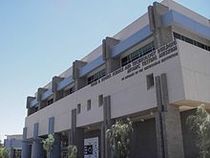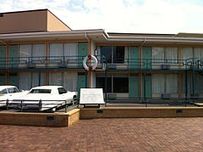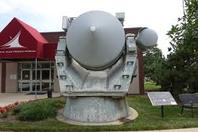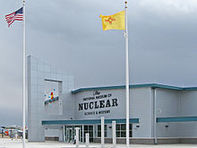Museums
Great Ones!
And Their Educational Resources
The United States is home to more than 35,000 museums that memorialize our nation’s culture, history and scientific advancements. This is a list of just a few great ones. I will add more as I identify them.
-KMN
-KMN
List of Smithsonian Museums:
The Smithsonian Institution
The Smithsonian offers eleven museums and galleries on the National Mall and six other museums and the National Zoo in the greater National Capital Area. In New York City, we invite you to tour two museums in historic settings.
19 world-class museums, galleries, gardens, and a zoo
Current ExhibitionsSmithsonian:
|
Smithsonian:
|
List of Science & Technology Museums:
The Tech Museum of Innovation
|
The Franklin Institute Science Museum
|
List of Art Museums:
The Cleveland
|
The Metropolitan Museum of Art
|
List of Natural Science & History Museums:
Henry Ford Museum
|
Museum of Natural History
|
Living History Museums
Colonial Williamsburg
|
Genesee Country Village and Museum
|
